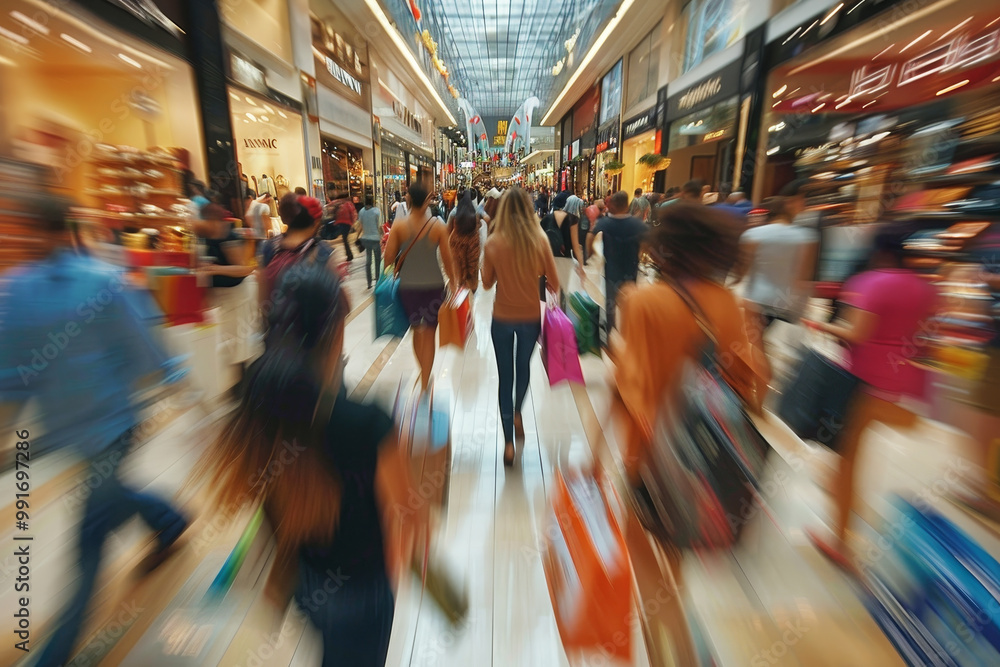The IFH Cologne has led around 69,000 interviews with passers -by in 107 German city centers. It was about topics such as attractiveness, offer and visiting motifs from city center. The most important findings: the passers-by frequencies are almost on pre-coronary level. The city center is a place for everyone, young or old – the age structure is an image of the overall German population. The total average grade of inner city collectivity has remained unchanged since the surveys 2020 and 2022 with the school grade.
In large cities with over 200,000 inhabitants in Leipzig, Erfurt and Chemnitz, the individual local size groups are best performed; In medium-sized cities with 50,000 to 200,000 inhabitants are Arnsberg-Neheim, Bocholt and Lüneburg Best Performer and in cities up to 50,000 inhabitants Freiberg (Saxony), Brühl and Landsberg (Lech) achieve the best results.
“Attractive inner cities are inner cities that address all age groups with suitable offers. In times of demographic change, generational needs must be considered. It is not enough to offer only attractive shopping – especially younger people also want appealing gastronomy and rely on experience and vitality, ”says Dr. Markus Preißner, scientific director at the IFH Cologne.
The cross-section of society is found in German city centers: the majority (30%) are millennials (26-50 years), followed by the 51 to 65-year-olds of the Gen X (26%). Almost a quarter of downtown visitors belong to the generation of baby boomers (23% over 65 years), 21% to gen z (up to 25 years). The average age of people in the cities is 46.1 years – and thus lower than in previous year’s surveys (average age 2022: 46.5: 2020: 47.5).
Shopping remains the number one visiting motif across generations (61%), but more than any ditte comes into the city with the aim of the catering search (40%). In the gene z (15 – 30 years) the two visiting motifs move particularly close together – 56% come for shopping, 44% because of the catering trade. In the case of visiting events, interactions can also be stated across generations, especially with effects on the two top visitor motifs shop and gastronomy: For example, around every or second who visits the city because of the leisure or cultural offer Shopping (47%) or eating/drinking (53%).
The increasingly important gastronomy offer cuts off well in most cities (average grade 2.2). However, there is a need for expansion for leisure options (40% of cities cut off less than 3.0) and the cultural offer (20% worse than 3.0). The retail range ends up in midfield (2.3)-the greatest influence on its attractiveness still has the fashion sector with clothing and shoes.
“For a vitalization of the inner cities, the right success factors must be set- and a distinction is made between basic and attractiveness factors. In all justified goals around nature, social and consumption -free areas, the question remains how the whole thing is financed. New alliances are currently needed to master local vitalization capital -supported. Against this background, the entire city center ecosystem must become even more open to new investors. Those who tackle the largest Pain Points of downtown visitors first – when vacancies and shopping ends, are quick success, ”says Boris Hedde, Managing Director IFH Cologne.
The relevant insolvency headlines of the past few years have left their mark in the form of empty shops from relevant inner city dealers in many places. The passers -by interviewed agree that the most important measure for more attractive inner cities is avoiding vacancies. In addition, the topic of infrastructure is classified as in need of improvement, as is the upgrading of the pedestrian zones and a greener design of the city. The quality of stay is still crucial for the attractiveness of a city center.






Leave a Reply